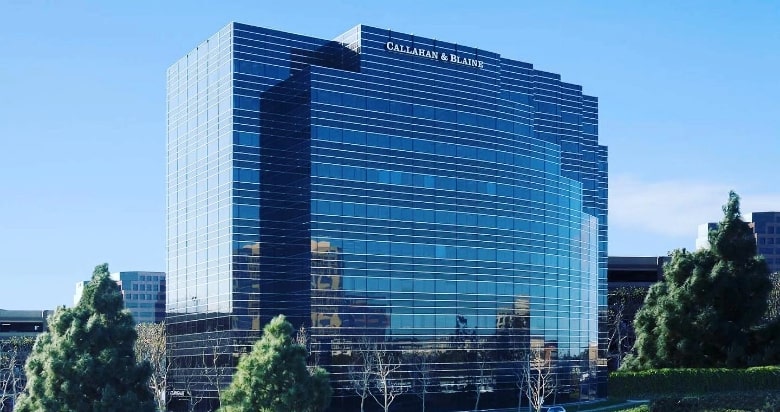There are more motorcycles registered in the state of California than in any other state across the country. Even though motorcycles are a great way to see the beautiful scenery throughout this state, there are various types of hazards that motorcyclists need to be aware of. Unfortunately, many of these hazards revolve around the roadway and not on other drivers.
What Road Hazards Await Motorcyclists?
Data from the California Office of Traffic Safety shows that nearly 13,000 motorcyclists sustained injuries in vehicle accidents during the latest reporting year across the state. However, this data does not break down the exact causes of the accidents.
Unfortunately, motorcyclists are more vulnerable to roadway hazards than any other type of driver on the roadway. Motorcyclists rely on stability, which means both of their wheels need to remain on the roadway in order for them to stay safe. Roadway hazards can significantly decrease overall safety for a motorcyclist. Some of the most common hazards that can affect motorcyclists include the following:
- Rough roads. Roads that are rough or bumpy, rather from construction work, resurfacing, or disrepair, can lead to significant motorcycle accidents.
- Roadway gravel. Gravel is one of the leading causes of motorcycle accidents because it can cause one or both wheels to lose traction. Gravel is particularly concerning at intersections, winding roads, and areas where dirt and rocks can move from the shoulder of the road onto the road surface.
- Edge breaks. Edge breaks are where two traffic lanes are differing heights. In a traditional vehicle, this is not a major problem, but this can be a significant hazard for a motorcyclist, particularly at higher speeds.
- Expansion joints. Expansion joints are where two sections of a road connect together or one section of a road to a bridge. This allows the roadway to expand and contract without cracking. Uneven expansion joints are just as dangerous as edge breaks.
- Slick surfaces. There are a variety of objects that can lead to slick surfaces on the roadway, including oil, water, ice, gravel, and more. A slick surface presents significant problems for motorcyclists, especially if the slick surface occurs when a motorcyclist has to make a turn.
- Animals. Striking an animal, whether the animal is alive or already deceased, can lead to a motorcyclist losing control of the bike. Larger animals, such as deer, can lead to fatal incidents.
- Debris or objects. Roadway debris, whether from construction or debris falling off of the back of another vehicle, can present major hazards for motorcyclists. This includes rocks, branches, furniture, boxes, and more.
In some cases, roadway hazards are nobody’s fault. However, there are times when other parties could hold liability for a roadway hazard. This includes municipal agencies responsible for roadway inspections and maintenance, construction companies actively working on the roadway, or other parties who dump hazards on the roadway (whether intentionally or accidentally).
Call a Skilled Motorcycle Accident Attorney Today
If you or somebody you care about has sustained a motorcycle accident injury and the accident was caused by a hazard on the roadway, we encourage you to reach out to an attorney as soon as possible. An Irvine motorcycle accident attorney can step in and investigate every aspect of the incident. This will include determining what caused the crash and who was responsible for the roadway hazard as well as working to hold that party liable if they were negligent. Ultimately, an attorney will work to recover compensation for the motorcyclist’s medical bills, lost wages, property damage expenses, and pain and suffering damages.

